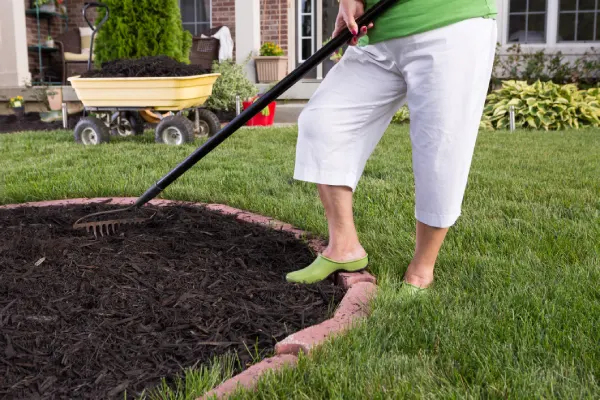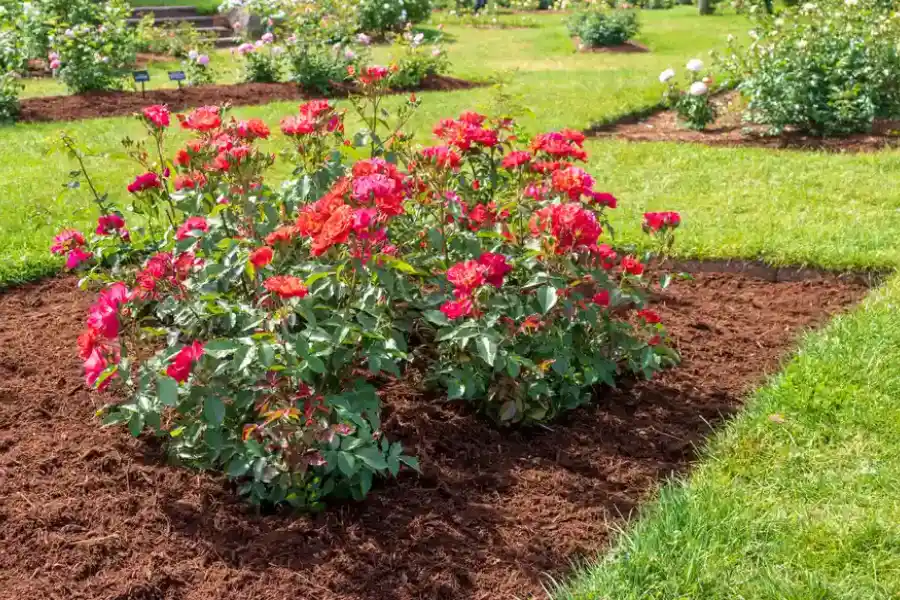Simple Strategies to Improve Your Landscaping Efforts
Creating a beautiful garden or yard can greatly improve the look of your home. While many people choose to use mulch in their landscaping, mistakes are common. These errors can lead to less effective results and may even harm plants. This guide will help you understand common errors and how you can avoid them, ensuring you get the most out of your landscaping efforts.
The Importance of Proper Ground Covering
Ground covering is crucial for healthy plant growth. It helps retain soil moisture, controls weeds, and improves the appearance of your garden. Using proper materials ensures plants receive necessary nutrients while preventing weed growth. When done right, ground covering protects plant roots from extreme temperatures, creating an ideal environment for growth.
Avoiding Excessive Layering
One common mistake is using too much mulching. A thick layer can suffocate plant roots by blocking air and water access. Typically, a two- to three-inch layer is sufficient. This allows for proper water infiltration while keeping weeds at bay. Ensure you spread it evenly for uniform coverage without clumping.
Choosing the Right Material
Not all mulching materials are created equal. Some options like wood chips last longer, while others break down quickly. Consider the needs of your plants and the local climate when choosing material. Organic options like bark or leaf mold provide nutrients as they decompose, benefiting the overall health of your soil.
Timing Your Application Correctly
Applying cover at the wrong time is another frequent issue. It’s best to apply in spring after the soil warms up but before weed seeds germinate. This timing prevents weed growth and retains moisture during dry months. Avoid applying too early in the year when the soil is still cold.
Avoiding Pile-Up Around Plant Stems
Piling material against plant stems can lead to rot and disease. Known as “volcano mulching,” this method traps moisture against stems, creating a breeding ground for fungi and pests. Instead, create a small barrier around each stem to allow air circulation and prevent decay.
Ensuring Even Distribution Across Your Garden
An uneven application can lead to exposed soil patches where weeds thrive. To prevent this, distribute material evenly across your garden beds. Use a rake or gloved hands to smooth out areas with extra material and fill in any gaps.
Considerations for Different Climates
Your local climate plays a role in how often you need to refresh material. In rainy climates, organic materials may decompose faster, requiring more frequent applications. Conversely, dry areas might allow for longer intervals between applications. Monitor your garden’s specific needs and adjust accordingly.
Cost Factors in Landscaping Projects
The cost of materials varies based on type and quantity needed for your project. Organic options often provide added value through nutrient content but might cost more upfront. Compare prices and consider long-term benefits when planning your budget.
Practical Tips for Effective Landscaping
- Select appropriate material types based on local conditions
- Ensure consistent application depth of two to three inches
- Avoid piling material against plant stems
- Monitor the condition of materials over time and replace as necessary
- Regularly check for and address any uneven distribution
Reach Out for Expert Assistance
If you want a lush, healthy garden, our team at Adilsar Garden & Tree Care is here to help. We offer expert advice tailored to your landscape’s specific needs. Located in Novato, CA, we are dedicated to providing top-notch service that meets all your expectations. For more information or assistance with your project, contact us today at (415) 261-5975.

